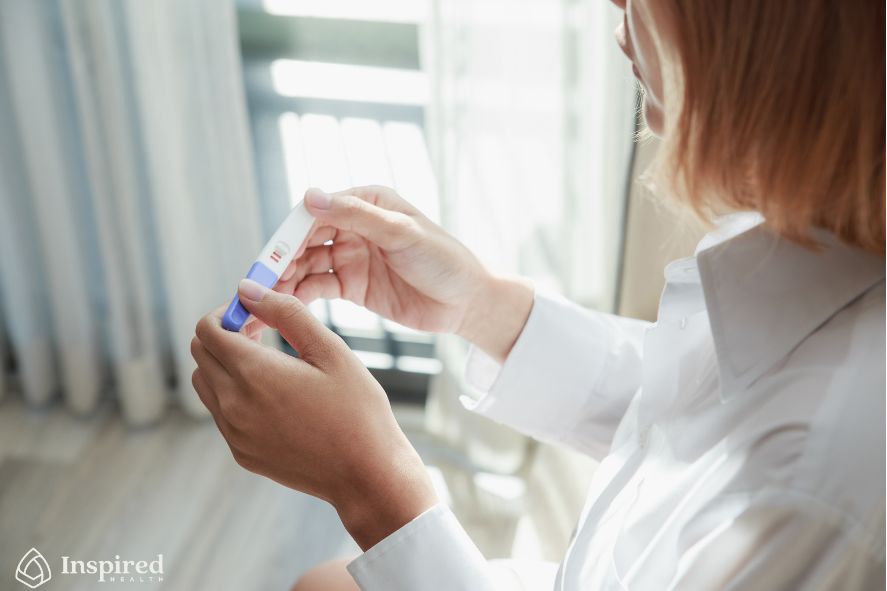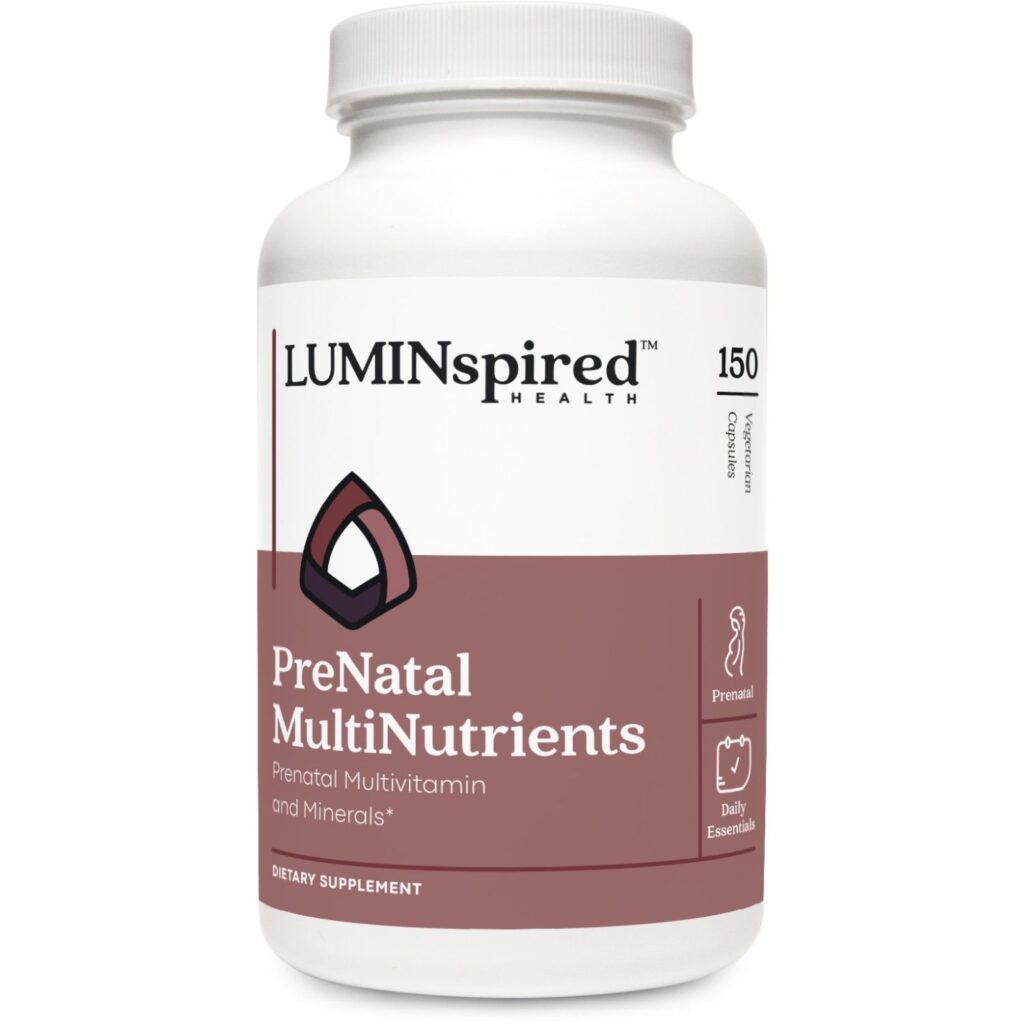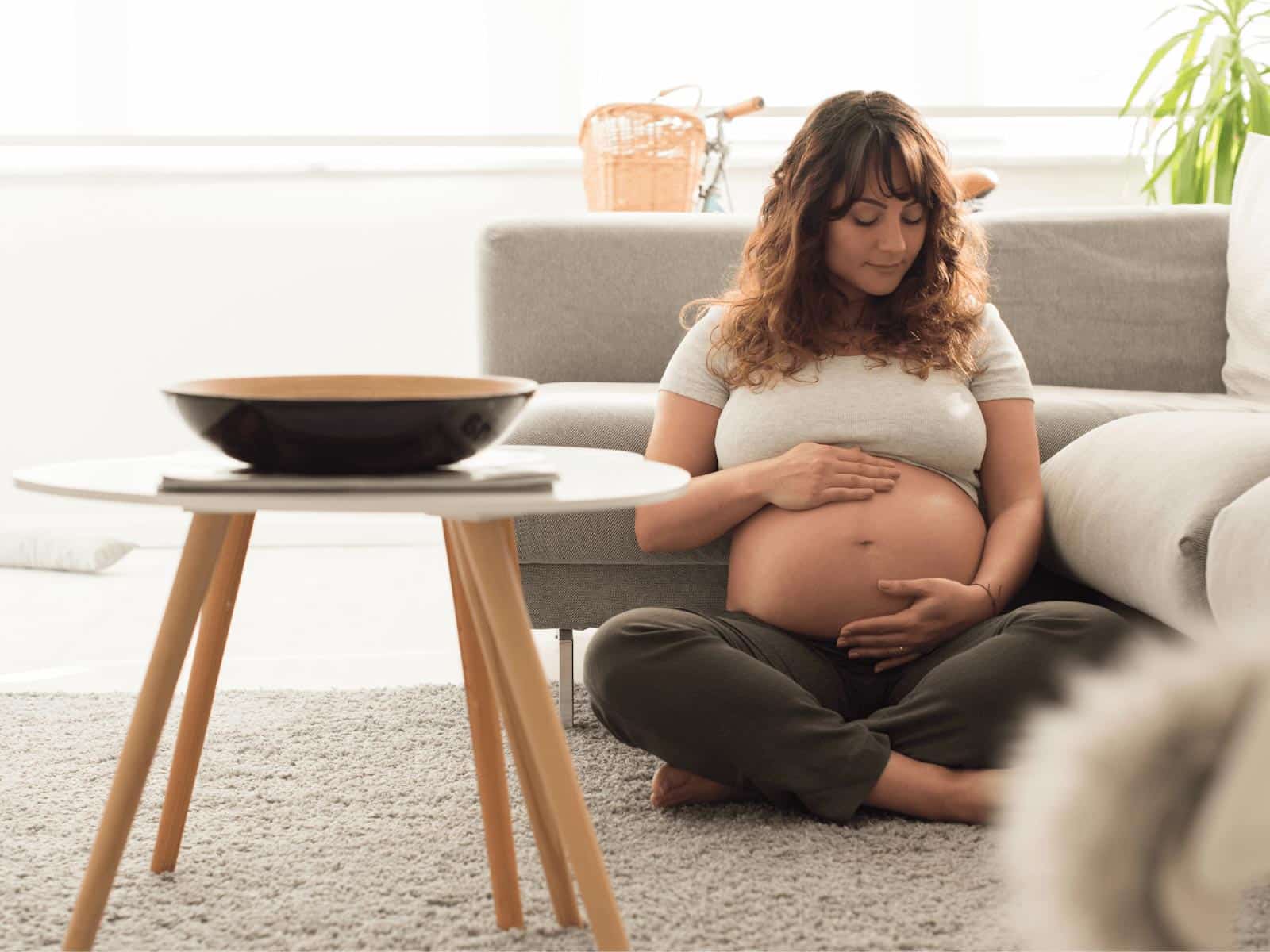A Guide to Understanding Your Cycle
When it comes to tracking fertility, understanding your body’s natural rhythms can give you valuable insight into when you’re most likely to conceive or avoid pregnancy. While there are many options for tracking fertility, a holistic approach involves monitoring several key indicators—cervical mucus, ovulation predictor kits (OPKs), basal body temperature (BBT) and paying attention to your unique physical and emotional signs of ovulation. By combining these methods, you can increase your chances of pregnancy or help avoid it, all while connecting more deeply with your cycle.
Let’s break down each of these tools for tracking fertility and how they can help you understand your reproductive health.
Download our PDF guide to Tracking Your Fertility Naturally
1. Cervical Mucus: The Body’s Natural Indicator
Cervical mucus changes in texture and appearance throughout your menstrual cycle, providing a clear indication of your fertility window. During ovulation, the mucus becomes more abundant, clear, and stretchy, resembling raw egg whites. This fertile mucus creates an ideal environment for sperm to travel up to the egg.
How to Track It:
- Post-Menstruation: After your period, your mucus will likely be dry or minimal.
- Pre-Ovulation: As your body gears up for ovulation, you may notice sticky or creamy mucus.
- Ovulation: As you approach ovulation, the mucus becomes clear, slippery, and stretchy—this is the best time for conception.
- Post-Ovulation: After ovulation, mucus often decreases or becomes thicker and cloudy, indicating your fertility window has closed.
To track cervical mucus, observe your vaginal discharge daily, noting its consistency and color. Chart your findings on a calendar or fertility app to help you predict when you’re most fertile.
2. Ovulation Predictor Kits (OPKs): The Science of Surging Hormones
Ovulation Predictor Kits (OPKs) are a handy tool for tracking fertility. They detect the surge in luteinizing hormone (LH) that occurs just before ovulation. This surge triggers the release of an egg from the ovary, making OPKs a great way to pinpoint the most fertile days.
How to Track It:
- Testing Time: Start testing a few days before your expected ovulation date. If you are just becoming acquainted with your cycle or have irregular cycles, consider starting to test as early as few days after your period ends. Typically, LH levels surge overnight, making the morning a great time to test. Because everybody is different, it may be worth testing twice a day to prevent missing your surge – over time you will learn what time of day you are most likely to get a positive result.
- How to Use: OPKs detect the level of LH in your urine. A positive test result will show a test line as dark or darker than the control line (this is different than a pregnancy test) which indicates that ovulation is likely to happen within the next 12-36 hours.
- Timing: Once you see a positive OPK, try to time intercourse within the next 12-24 hours for the highest chance of conception, as the egg is released during this window.
OPKs are accurate and easy to use but remember that they don’t confirm ovulation—only that the body is preparing for it. You can combine OPK results with cervical mucus and BBT data to get a clearer picture.
NOTE: if you don’t ever receive a positive OPK this is a great piece of information to bring up with your doctor, as there are several tests that can be run to investigate what way be going on.

3. Basal Body Temperature (BBT): Charting the Heat of Ovulation
Your BBT is your body’s temperature at rest. It fluctuates slightly throughout your cycle, with a significant rise occurring after ovulation. This temperature spike, usually around 0.5°F, is caused by an increase in progesterone after the release of the egg.
How to Track It:
- When to Measure: Take your BBT first thing every morning, before you get out of bed or even move. It’s crucial to be consistent and take the temperature at the same time each day.
- Method: Use a basal thermometer, which is more sensitive than a regular thermometer. Record your daily temperature and chart it. After ovulation, you should see a clear rise in your BBT that remains elevated until your next period.
- What to Look For: A biphasic temperature pattern, with a noticeable increase after ovulation, signals that you’ve entered the luteal phase, meaning ovulation has already occurred.
While BBT tracking can confirm ovulation after the fact, it’s less useful for predicting when ovulation will happen, so it’s most effective when combined with other methods.
4. Additional Physical and Emotional Signs of Ovulation: Tune In to Your Body
In addition to the more quantitative methods above, your body often gives subtle clues that ovulation is on the way. These signs can be physical and emotional, giving you an even more complete understanding of your fertility.
Physical Signs:
- Mittelschmerz: Some women experience mild cramping or pelvic pain on one side of the lower abdomen during ovulation. This is called Mittelschmerz and occurs both before and during the releases of an egg from the ovary.
- Breast Tenderness: Hormonal changes around ovulation may cause your breasts to become sore or sensitive.
- Changes in Cervix Position: Your cervix also changes during the menstrual cycle, moving higher and softening during ovulation. You can check your cervix position and texture by gently inserting a clean finger into your vagina and assessing.
- Increased Libido: Many women report a noticeable increase in sexual desire around ovulation, driven by hormonal fluctuations that make the body more receptive to conception.
Emotional Signs:
- Mood Changes: Some women experience mood swings, irritability, or heightened emotional sensitivity during ovulation due to the hormonal changes in the body. This is known as the pre-ovulation hormonal shift.
- Increased Energy or Vitality: Other women report feeling more energized and confident during ovulation, which may correlate with the body’s increased readiness for reproduction.
These physical and emotional changes may vary from cycle to cycle, but learning to recognize them can give you extra clues when pinpointing ovulation.
Combining the Methods: The Power of Tracking Fertility
While each method on its own can give you useful information, combining cervical mucus, BBT, OPKs, and physical/emotional signs provides a much clearer picture of your fertility. Here’s how you can make them work together:
- Track Your Mucus: Daily observations of cervical mucus can help you notice when you’re entering your fertile window.
- Use OPKs to Confirm the Surge: An OPK test will confirm the hormonal shift that signals ovulation is imminent.
- Track BBT to Confirm Ovulation: A BBT rise after detecting cervical mucus and a positive OPK can confirm that ovulation has occurred.
- Listen to Your Body: Pay attention to physical and emotional changes that may align with your mucus, temperature, and OPK results to increase confidence in your predictions.
Remember that every woman’s cycle is unique – the more you track, the more patterns you’ll notice, and over time, you’ll become more in tune with your body and more comfortable and confident at predicting your fertile window.
When actively trying to conceive or starting to prepare your body for pregnancy, it is a good idea to ensure you are receiving an adequate amount of the necessary nutrients to keep you and your future baby healthy during pregnancy. In addition to a well-rounded and nutritious diet, our PreNatal MultiNutrients Vitamin can help to fill in some of the gaps. For extra support, opt for our Prenatal Daily Essentials pack which includes a month supply of the Prenatal MultiNutrients Vitamin, Omega Pro DHA, Vitamin D3-K2 5000, and Magnesium.



Want more Inspired tips?
Be sure to follow us on Instagram, Facebook, and Pinterest.
Also, sign up for our newsletter!
Visit us in-person at Inspired Health, or schedule a TeleHealth appointment!





